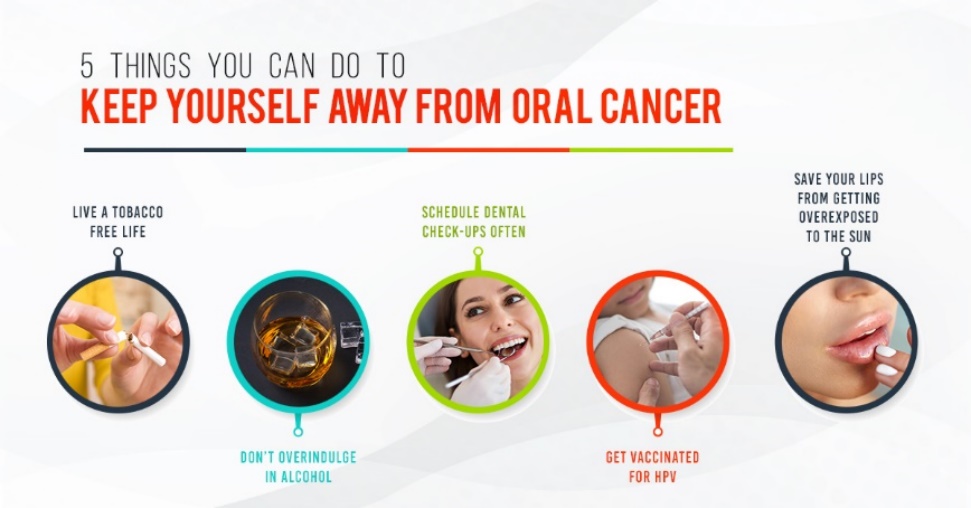Every dentist has his or her own way of examining a patient, so when a new patient comes to my office, I expect them to ask questions. Renee was a college student, home for winter break, who hadn’t seen the dentist in a while. After spending some time getting to know her, I proceeded to do my usual oral exam. Renee had questions about the TMJ and muscle exam, and wanted to know if she had any signs of gum disease. But she was taken by surprise when I illuminated her mouth with my Oral ID flashlight and noticed a troublesome spot on the side of her tongue. “Are you saying I might have cancer?” she asked, “I don’t smoke, and I only drink occasionally. And doesn’t oral cancer happen to old people?”
Unfortunately, many people have the same misconception that Renee had. Most of us imagine an old, overweight man with a cigar or cigarette hanging out of his mouth when we think of oral cancer. While in the past this may have been true, the facts have changed. Now, the fastest growing group affected by oropharyngeal (mouth and throat) cancer is young, sexually active women. The reason is not entirely understood, but is largely attributed to a connection to HPV (Human Papilloma Virus).
HPV is a sexually transmitted disease so common that the CDC says 80% of Americans will have HPV infections in their lifetime. 99% of these will clear up without consequence – possibly without the person knowing that they had the infection! HPV can turn normal cells into abnormal, or precancerous, cells. If these are left alone, they can progress to become cancerous. The most common cancers caused by HPV are cervical and oral cancer.
What can you do? See your dentist regularly for a cancer screening exam. This is done by a thorough health, symptom and habit history, a visual and tactile exam, and a light that uses fluorescence technology to detect areas of concern. The goal is to find cancer at its early, highly curable stages. In addition, if you notice any sores or spots (red or white) anywhere in your mouth or throat, you should see your dentist to have them evaluated – especially if they linger for more than 10-14 days.
Of course, avoiding smoking, chewing tobacco, and excessive alcohol are still important. But as society changes, new risks evolve. Observing your mouth for any white or red areas and visiting your dentist regularly to catch things early can help you stay safe and alive. Be aware. Be proactive. Be smart.
Now we’ve said a mouthful.

Close to 54,000 Americans will be diagnosed with oropharyngeal cancer this year. It will kill roughly 1 person per hour, 24 hours a day. Of those 54,000 newly diagnosed, only slightly more than half will be alive in 5 years.